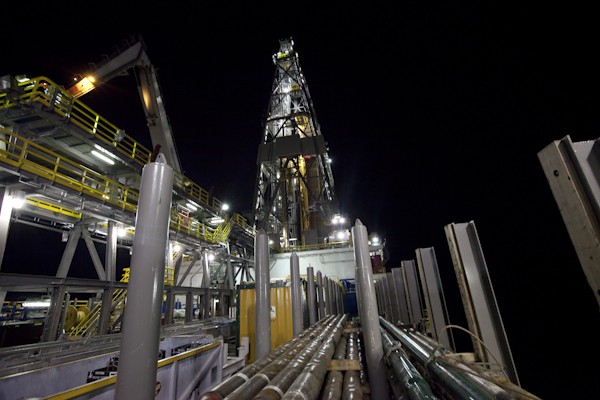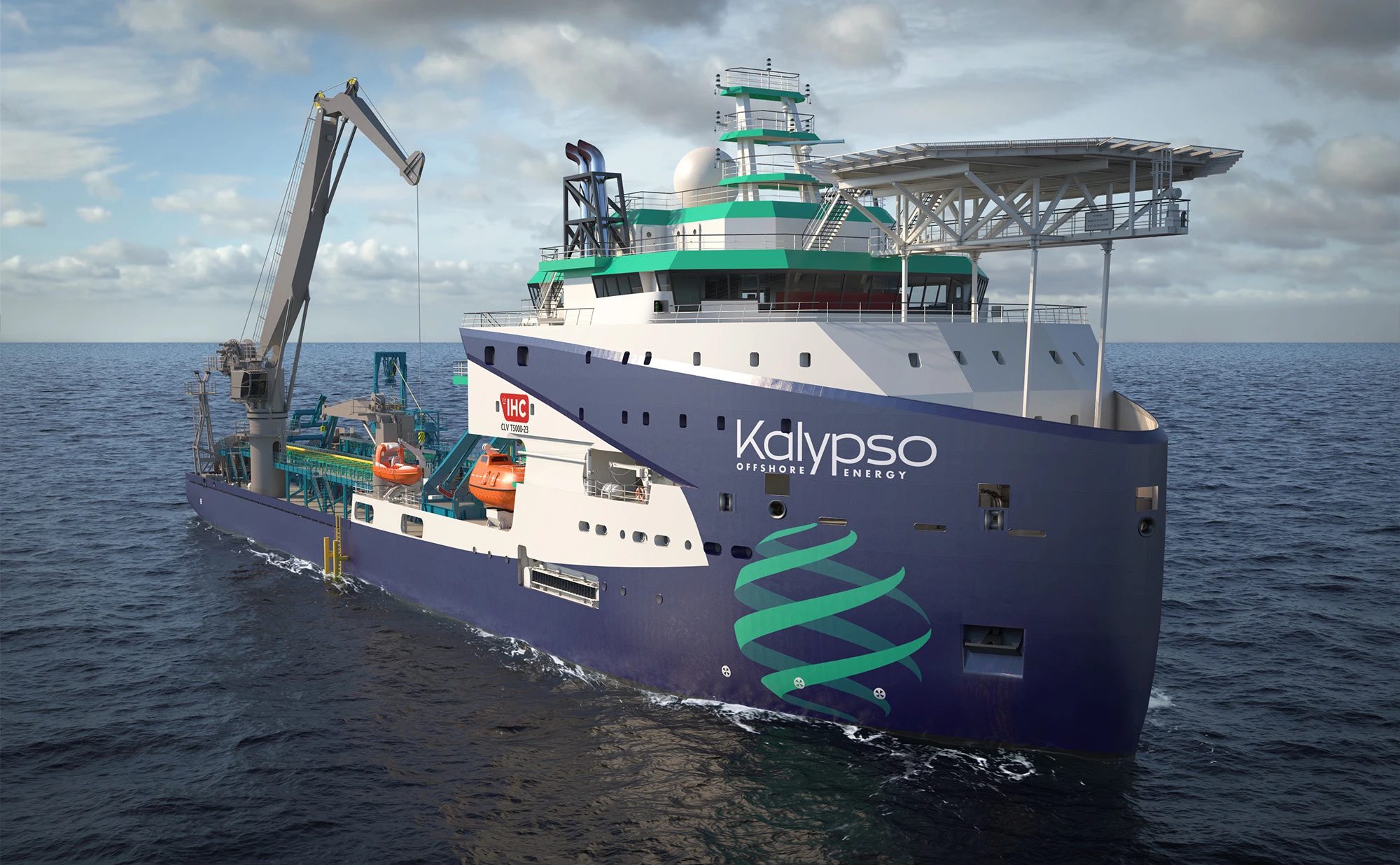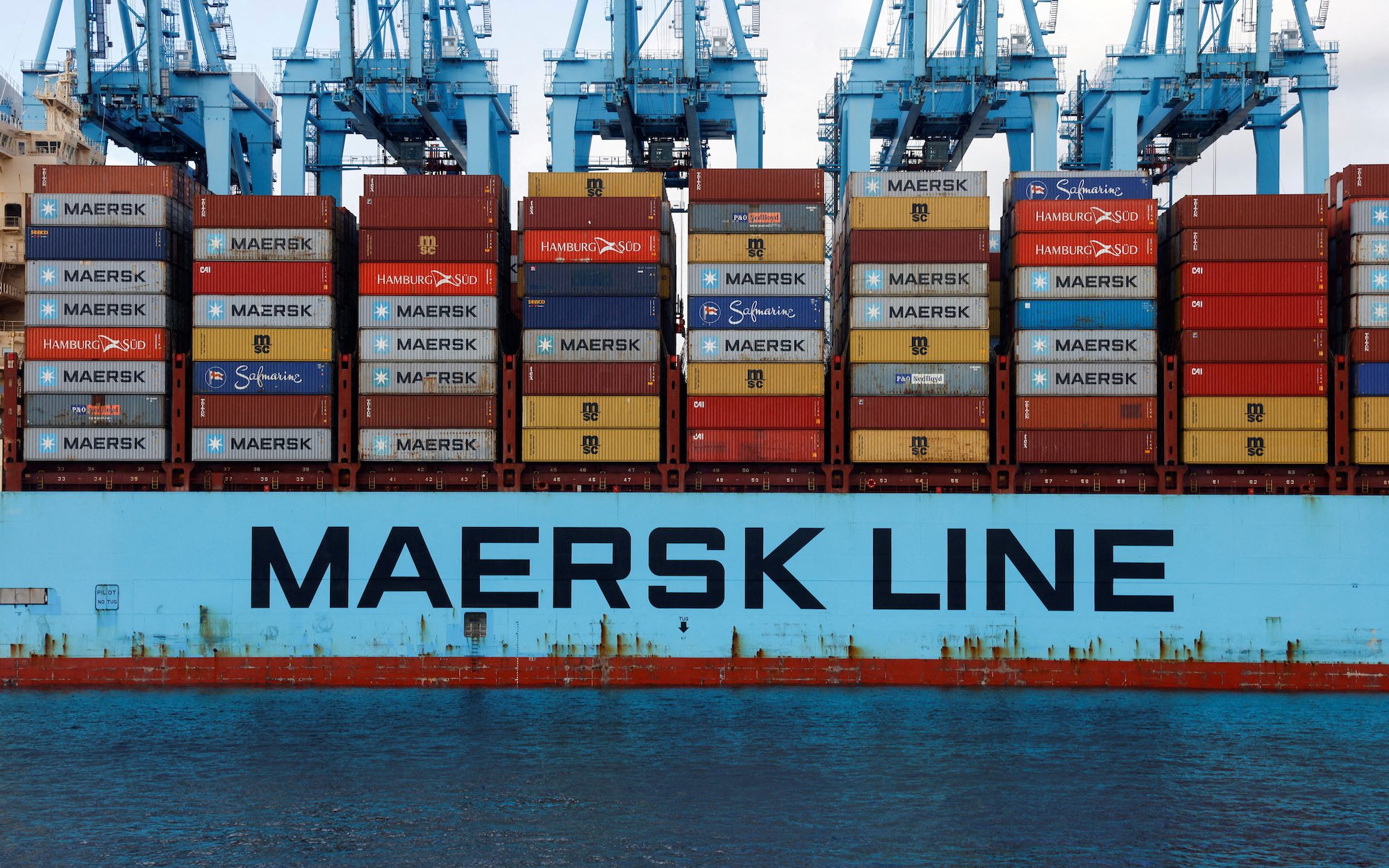(Dow Jones) Offshore oil-drilling contractor Transocean Ltd., newly clear of some legal clouds from its role in the 2010 Gulf of Mexico disaster, faces significant operational and financial challenges that are expected to weigh on results this year.
Costly equipment upgrades to the company’s aging fleet and operational challenges, including the cancellation of a major contract, have kept Transocean from benefiting fully from a rebound in global offshore-drilling activity.
On Thursday, a federal judge in New Orleans ruled Transocean, which owned the rig at the center of the 2010 Deepwater Horizon accident, wasn’t liable for spill-cleanup costs or damage claims made by residents and businesses, upholding an indemnity agreement with BP PLC, which is seeking payment to offset its costs in the disaster.
The company could still face sizable legal liabilities related to Deepwater Horizon: punitive damage claims and fines under the Clean Water Act. But last week’s ruling lowers Transocean’s potential legal exposure and may make a settlement with BP more likely.
The past year was challenging for all offshore drillers due to costs of new safety standards put in place after the fatal Deepwater Horizon accident, the worst offshore-oil spill in U.S. history. But Transocean’s biggest competitors remained in the black and their shares have retraced much of their declines. In contrast, Transocean shares are off 44% since a March high of $85.98. They gained 87 cents, to $48.13, at 4 p.m. Friday in composite trading on the New York Stock Exchange.
A key reason for the difference: Transocean’s growth-through-acquisitions strategy has left it with a fleet older on average than most of its competitors’ fleets and more costly to maintain and upgrade.
A spokesman declined to comment on Transocean’s challenges, but said it is “intently focused on improving our performance.”
Transocean has reported losses in two of the past four quarters, including an unexpected third-quarter loss of $71 million, compared with a $368 million profit a year earlier, due in part to the costs of installing and certifying new safety equipment on its rigs.
By contrast, Transocean’s rivals posted higher income last quarter, including year-to-year profit increases of 57% at Ensco PLC, 29% at Diamond Offshore Drilling Inc. and 57% at Noble Corp. Transocean reports its fourth-quarter earnings in late February. Analysts polled by Zacks Investment Research expect it to report net income of 21 cents a share, compared with a loss of $2.49 a share a year earlier.
Transocean issued new debt and equity late last year, following the $1.4 billion acquisition of rival Aker Drilling ASA, to avoid a debt-rating downgrade. That weighed heavily on its stock price and led to the departure of its chief financial officer, said people familiar with the situation.
Transocean this month forecast its rig downtime for maintenance and equipment upgrades this year will be 7% higher than previously expected, according to analysts at UBS Securities. Transocean must still update 54% of its deep-water blowout preventers to meet new safety standards.
The Switzerland-based company has had operational stumbles, too. Earlier this month, it said a customer canceled the remaining two contract years on its Deepwater Expedition rig in Malaysia because of operational delays stemming from equipment problems.
The company also has faced the loss of top financial and operating managers in recent months. On Wednesday, it said Chief Accounting Officer Robert Shaw would resign after less than six months in the job. His departure was preceded in November by that of Arnaud Bobillier, a veteran executive who oversaw its rig maintenance.
Earlier this month, the company said Chief Financial Officer Ricardo Rosa was leaving, a move that people familiar with the situation said was initiated by Transocean’s chief executive and board of directors. Attempts to reach the three executives were unsuccessful.
The company provided little explanation for the recent departures. After Mr. Shaw left, analysts at brokerage firm Raymond James wrote “we’re curious if the buck stops here.” Some analysts described all the departures as an effort by Transocean to get its house in order.
-By Tom Fowler, The Wall Street Journal
Unlock Exclusive Insights Today!
Join the gCaptain Club for curated content, insider opinions, and vibrant community discussions.

 Join The Club
Join The Club













